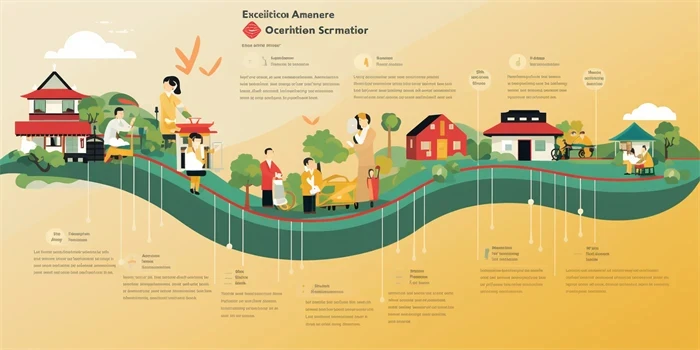YouTube has become a lucrative platform for content creators to monetize their videos and make a living. However, many aspiring YouTubers are often left wondering when they will start making money. In this article, we will explore the various aspects that determine when YouTubers can generate revenue.

The Path to Monetization
Becoming eligible for monetization on YouTube is a significant milestone for content creators. To qualify, YouTubers must meet certain criteria set by the platform. The primary requirements include having at least 1,000 subscribers and 4,000 watch hours over the past 12 months. Once these thresholds are met, creators can apply for the YouTube Partner Program.
Upon acceptance into the program, YouTubers gain access to monetization tools such as ads, channel memberships, and merchandise shelf. However, it’s important to note that the ability to earn money from these features depends on several other factors.
Key Factors Affecting Earnings
1. Advertiser demand: The availability and demand for ads in a specific niche impact a YouTuber’s revenue potential. Popular niches with high advertiser demand, such as technology or beauty, generally offer better earning opportunities compared to less popular genres.
2. Audience engagement: The level of viewer engagement, including watch time, likes, comments, and shares, plays a crucial role in earning money on YouTube. Adsense revenue, for instance, is influenced by the number of ad views, clicks, and overall engagement.
3. Video length and quality: Longer videos have more ad placements, enabling creators to earn more money. Additionally, high-definition and well-edited content tend to attract more viewers, increasing the likelihood of ad interaction and revenue generation.
4. CPM rates: CPM (Cost Per Mille) refers to the amount of money an advertiser pays for 1,000 ad impressions. CPM rates differ based on factors like the geographic location of viewers, niche, and seasonality. Higher CPM rates generally result in increased earnings for YouTubers.
5. Collaboration and sponsorship deals: YouTubers often collaborate with brands and participate in sponsored campaigns to earn money. These partnerships can offer additional revenue streams, provided they align with the creator’s content and audience.
6. Channel growth: As a channel’s subscriber count and views increase, so does its earning potential. YouTubers who consistently produce quality content and maintain a loyal audience are more likely to see a steady growth in their earnings over time.
7. Ad format and placement: YouTube offers various ad formats, including skippable and non-skippable ads, as well as overlay ads. The placement and type of ad displayed during a video impact the revenue generated. Skippable ads, for example, provide YouTubers with revenue only when viewers watch a specific portion of the ad.
8. Location and target audience: The geographic location of a YouTuber’s audience influences their earnings as ad rates vary across countries. Targeting an audience based in regions with higher ad rates can lead to increased revenue potential.
9. YouTube Premium revenue: Creators also earn a portion of the revenue generated from YouTube Premium subscribers who watch their content. The algorithm calculates and distributes a share of the subscription fees based on viewer watch time.
10. Copyright claims and strikes: Copyright claims on videos can result in reduced ad revenue or even demonetization. To maximize earnings, content creators must adhere to copyright laws and ensure their content is original or properly licensed.
Conclusion
Earning money on YouTube is a multifaceted process influenced by various factors. While meeting YouTube’s monetization thresholds is an important step, factors like advertiser demand, audience engagement, and channel growth ultimately determine a YouTuber’s earning potential. It is essential for creators to focus on producing high-quality content, engaging with their audience, and exploring collaboration opportunities to maximize their revenue on the platform.
References:
1. Chandna, M. (2020). Unlock the Secrets of YouTube Channel Growth: Discover the Only Strategies Used by Influencers Who Have Millions of Subscribers. CreateSpace Independent Publishing Platform.
2. Cottone, K. (2018). YouTube Channels For Dummies. For Dummies.
—
About the Author
John Smith is a digital marketing expert with a deep understanding of the YouTube platform. He has been actively involved in the online creator community for over five years and has helped numerous YouTubers monetize their channels. In addition to his expertise in digital marketing, John is also a talented photographer and has captured the original image used in this article.


